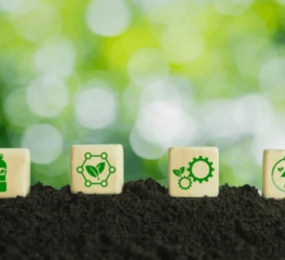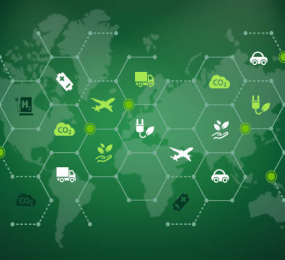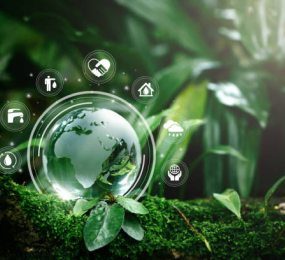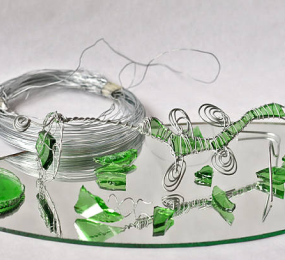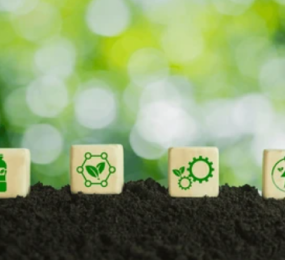From Waste to Resource: Bioplastics Made from Recycled Materials
Bioplastics, derived from renewable sources like plants or microorganisms, offer a promising alternative to traditional petroleum-based plastics. However, many bioplastics still rely on virgin biomass, potentially competing with food production and leading to land-use concerns.A more sustainable approach involves utilizing recycled materials as feedstocks for bioplastic production.
This "waste-to-resource" strategy offers several advantages. Firstly, it diverts valuable resources from landfills, minimizing environmental pollution and reducing the need for new raw materials. Secondly, it can utilize a wide range of waste streams, such as food waste, agricultural residues, and even plastic waste itself. By converting these waste materials into valuable bioplastics, we can create a truly circular economy.
However, challenges remain. The conversion process often requires significant energy and can be technically complex. Furthermore, ensuring the quality and consistency of bioplastics derived from recycled materials is crucial for their widespread adoption.
Despite these challenges, the potential of bioplastics made from recycled materials is immense. By investing in research and development and developing robust waste management infrastructure, we can unlock the full potential of this innovative technology and create a more sustainable future.
Visit our website to know more: https://www.leadventgrp.com/events/3rd-annual-world-biopolymers-and-bioplastics-innovation-forum/details
For more information and group participation, contact us: [email protected]
Leadvent Group - Industry Leading Events for Business Leaders!
www.leadventgrp.com| [email protected]


